
Military health care transitions to new life support training provider

Navy Chief Petty Officer Wendy Wright, a hospital corpsman chief assigned to Expeditionary Medical Facility Great Lakes in Illinois, performs ventilation techniques on a practice mannequin while participating in a life support simulation in Savannah, Georgia. (U.S. Air Force photo by Staff Sgt. Caila Arahood)
The Military Health System is in the process of transitioning from the American Heart Association resuscitation training – basic life support, advanced cardiac life support, and pediatric advanced life support – to American Red Cross training courses.
The primary reason for the transition is that American Red Cross courses can be tailored to meet the needs of military medical providers, allowing them to spend less time training and more time caring for patients.
“The Red Cross curriculum provides our units the enhanced capability to meet their mission needs through multiple teaching methods and in a framework that best suits the students’ needs,” said Air Force Lt. Col. Jon Sinclair, director, Military Training Network, Uniformed Services University. “Instructor-led courses are available for those members who wish to be able to interact with a live instructor. Personnel who are more comfortable with digital learning may select the blended (online and in person) course.” Current providers who demonstrate mastery of American Red Cross basic techniques will not have to take a course.
Second, the same science-based treatment guidelines outlined in the International Liaison Committee on Resuscitation used by the American Heart Association will be provided via American Red Cross courses, ensuring patient care is not compromised.
“Our goal is to continue to offer courses we know are science-based and simultaneously update programs that will impact all MHS providers as the training transition takes place,” said Air Force Col. Christine Kress, deputy director, Education and Training Directorate, Defense Health Agency. Furthermore, using these science-based protocols, American Red Cross courses can be tailored to mimic scenarios faced by all levels of military medical providers. “The ultimate goal for the success of this transition process is to ensure enhanced, focused training courses so health care professionals may continue to offer consistent, high quality patient care,” Kress added.
Finally, the provider transition will save money to be reinvested into patient care. “Although the change demonstrates a cost-savings for the Defense Health Agency, the positive impact will be felt most keenly by providers,” said Air Force Brig. Gen. Sharon Bannister, DHA’s deputy assistant director, Education and Training. “They will have expanded opportunities for blended learning via online or face-to-face modules, allowing them to remain focused on mission readiness and patient care.”
As of Jan. 21, 400 American Red Cross basic life support classes have been offered to more than 20,000 students this calendar year. Starting Feb. 15, instructors will begin participating in American Red Cross training modules so they will be prepared to teach advanced and pediatric life support courses that will roll out by March 1. After that date, providers and medical staff will be able to take part in the new classes as their old certifications expire.
Valuable opportunities have emerged thanks to the transition process. Kress explained that experts from the adult and pediatric medicine communities have been consulted to update guidelines and standards that will be reflected in future American Red Cross adult and pediatric life support courses.
Another benefit, according to Bannister, has been the ability to partner with leaders of the services and American Red Cross experts in the training transition. “Partnerships have and will continue to be key to our strategy and vision to remain on the leading edge of enhanced provider readiness and quality patient care,” she said.
As part of the overall transition process, providers holding current American Heart Association certification will not have to requalify until their current certification expires.
“The DHA is committed to working with all of the services for a successful transition,” said Kress. “We are a learning organization and we welcome feedback from the field in order to improve life support program offerings to the highest caliber.”
The simple – and complicated – task of shoveling snow
Article
2/5/2019

When in the throes of winter weather, there are ways to prepare for a successful, injury-free snow shoveling activity
Army Medicine joins forces with civilian hospitals to sustain medical readiness
Article
1/31/2019
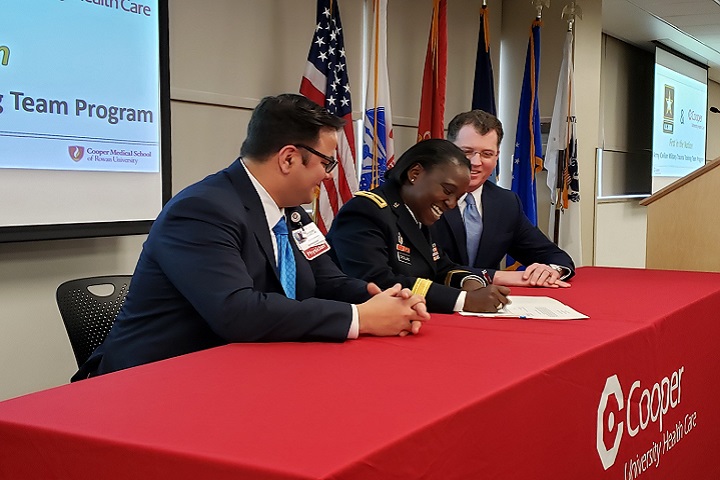
The AMCT3 program addresses the 2017 NDAA directive for the Military Health System to establish partnerships to maintain trauma care competency
Acute Flaccid Myelitis Case Reporting
Infographic
1/29/2019

This case highlights important clinical characteristics of acute flaccid myelitis and emphasizes the importance of including AFM in the differential diagnosis when evaluating active duty service members and Military Health System beneficiaries presenting with paralysis.
Cardiovascular disease-related medical evacuations
Infographic
1/29/2019

This descriptive analysis summarizes the demographic characteristics, counts, rates and temporal trends for Cardiovascular disease-related medical evacuations from the CENTCOM area of responsibility. In addition, the percentage of those evacuated who had received pre-deployment diagnoses indicating cardiovascular risk is summarized. Responses to ...
Non-alcoholic fatty liver disease
Infographic
1/29/2019

At the time of this report, there were no published studies of non-alcoholic fatty liver disease (NAFLD) incidence over time among active component U.S. military personnel. Examining the incidence rates of NAFLD and their temporal trends among active component U.S. military members can provide insights into the future burden of NAFLD on the MHS.
Transformation underway across the Military Health System
Article
1/29/2019

All of these changes – the Military Health System transformation, MHS GENESIS, TRICARE enhancements – are aimed at taking the DoD’s health enterprise to the next level
Growing Air Force’s space medicine culture
Article
1/23/2019

The role of AFSPC medics to ensure space operators are medically ready to complete their mission
2019 TRICARE Winter Safety Kit
Infographic
1/22/2019

This infographic provides tips and information about staying safe and warm during a snow storm.
A new year marks a new you
Article
1/18/2019
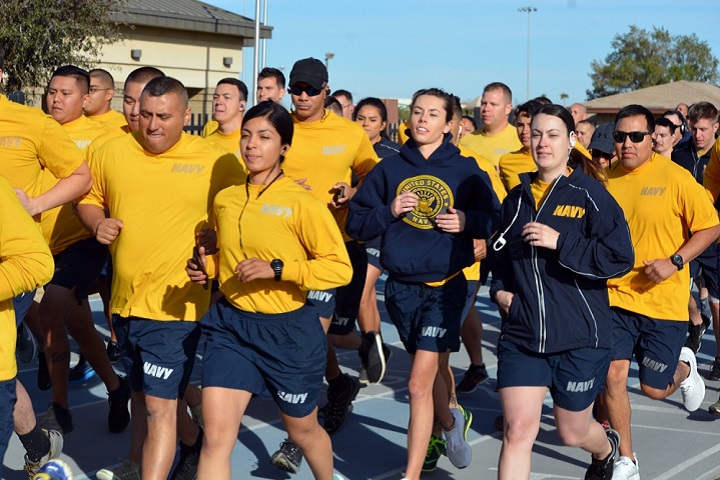
Changes in lifestyle don’t have to be drastic to be effective
CJTH continues to provide superior care for U.S., coalition forces
Article
1/7/2019
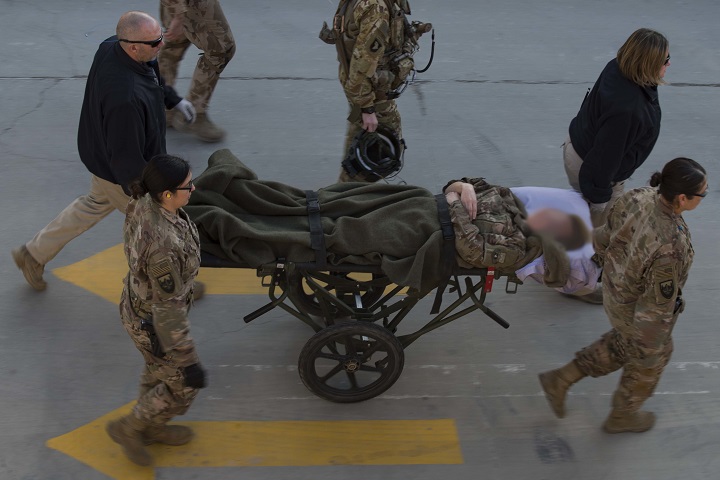
With a 99.3-percent survival rate, the hospital staff have reason to be proud
Northstar Dustoff provides aeromedical evacuation in Kuwait
Article
1/4/2019
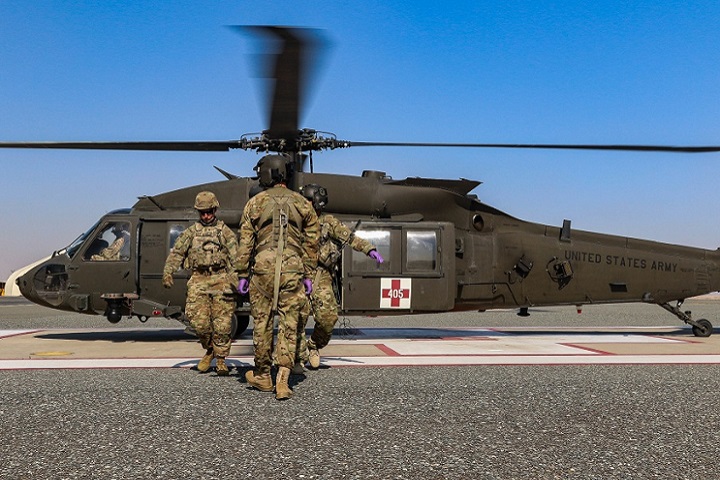
Northstar Dustoff has completed more than 60 aeromedical evacuations since August 2018
Langley surgical team goes 'purple'
Article
1/3/2019

A joint surgical team was organized to perform a functional endoscopic sinus surgery
Army hospital earns reputation as a top teaching institution
Article
1/2/2019
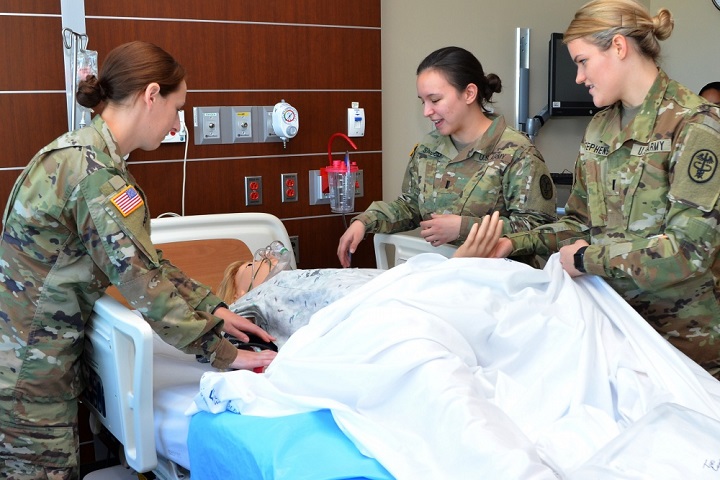
CRDAMC has been recognized by healthcare associations and educational institutions for exceptional achievements
MSMR Vol. 26 No. 1 - January 2019
Report
1/1/2019
A monthly publication of the Armed Forces Health Surveillance Branch. This issue of the peer-reviewed journal contains the following articles: Non-alcoholic fatty liver disease (NAFLD), active component, U.S. Armed Forces, 2000–2017; Cardiovascular disease-related medical evacuations, active and reserve components, U.S. Armed Forces, 1 October 2001– ...
Combat medics improve readiness with individual critical task list training
Article
12/31/2018
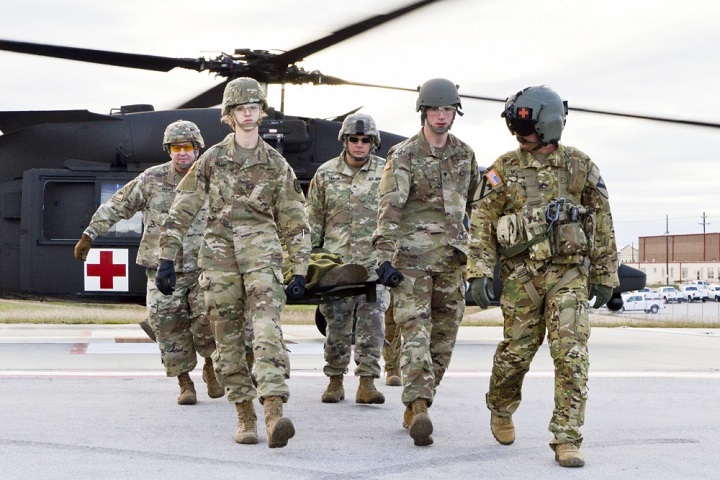
There is no substitution for being pushed around by the rotor wash of a helicopter





















.png)









No hay comentarios:
Publicar un comentario